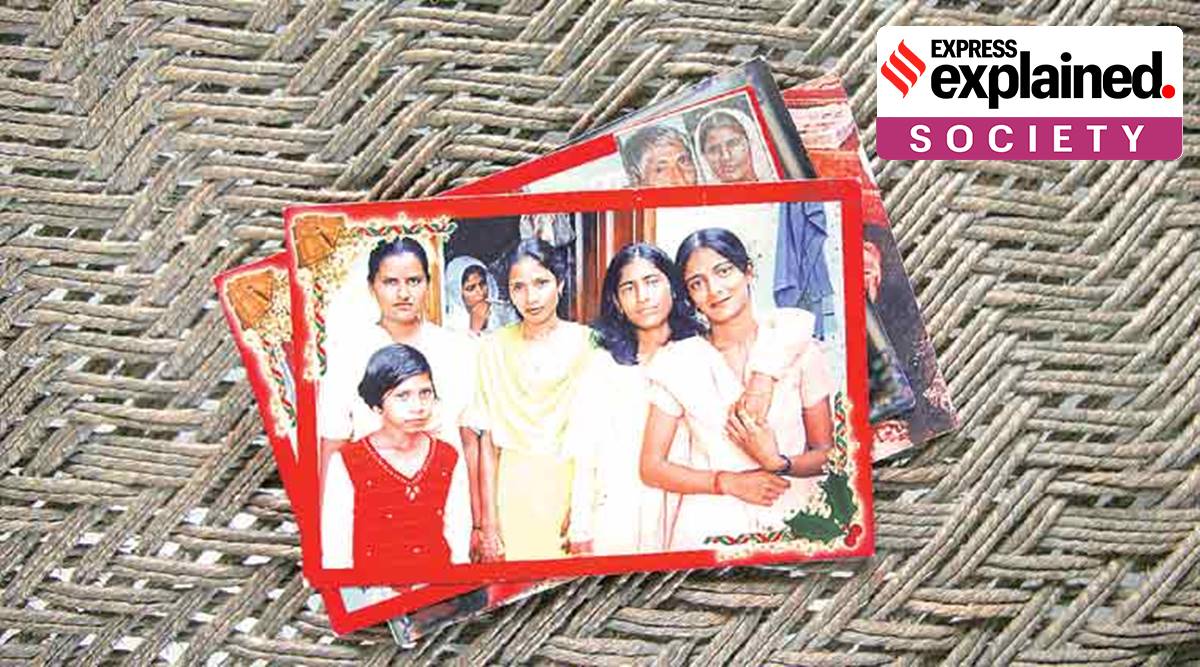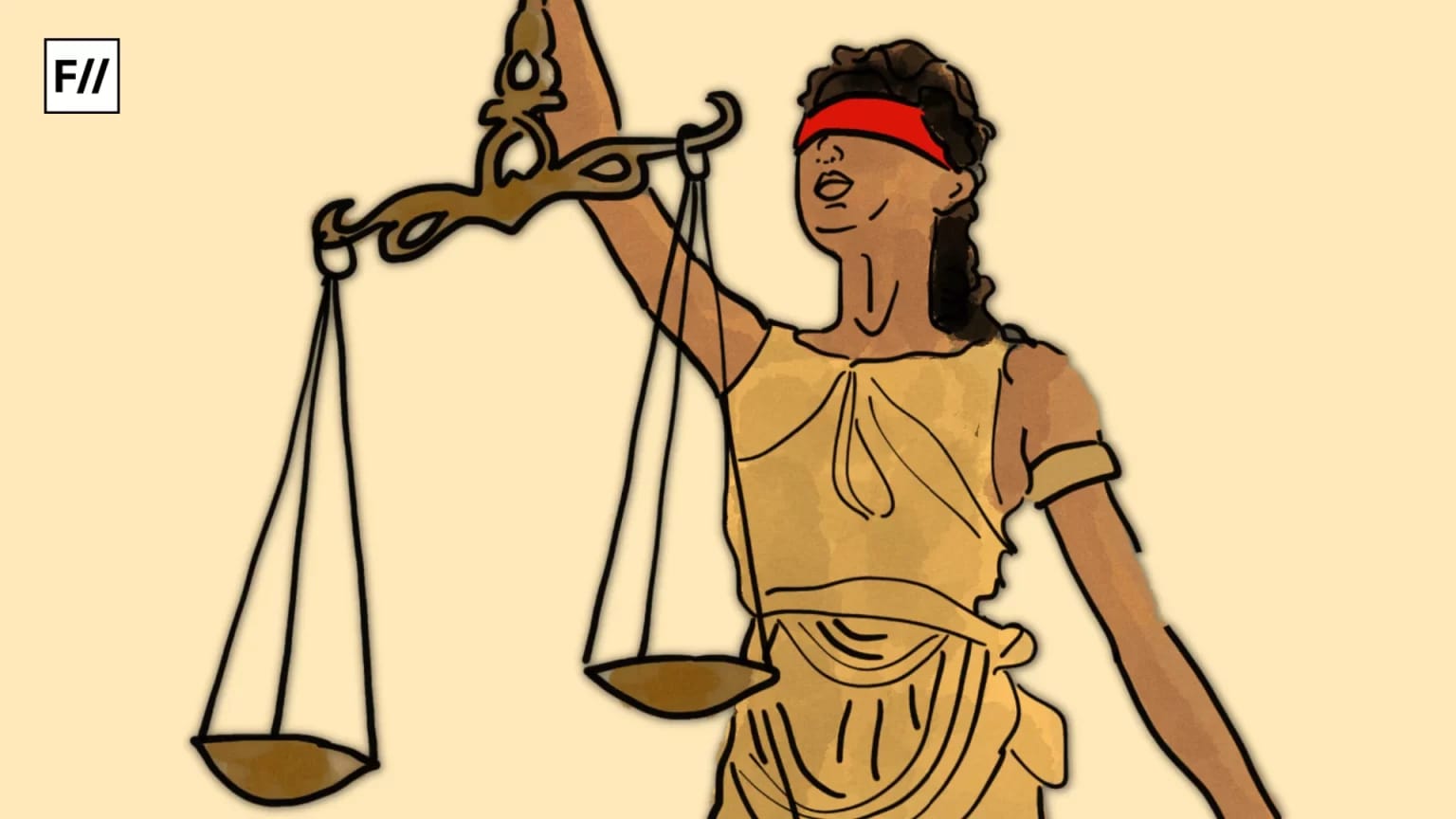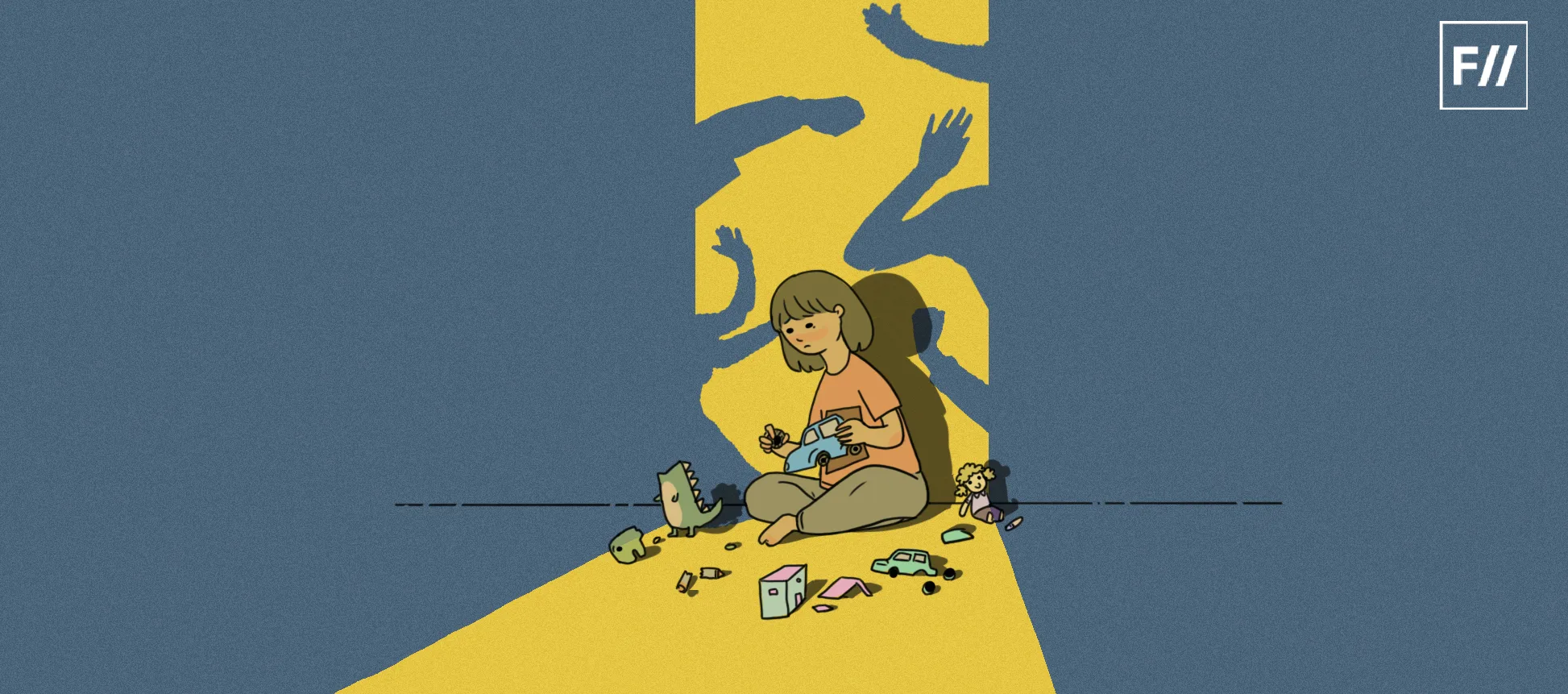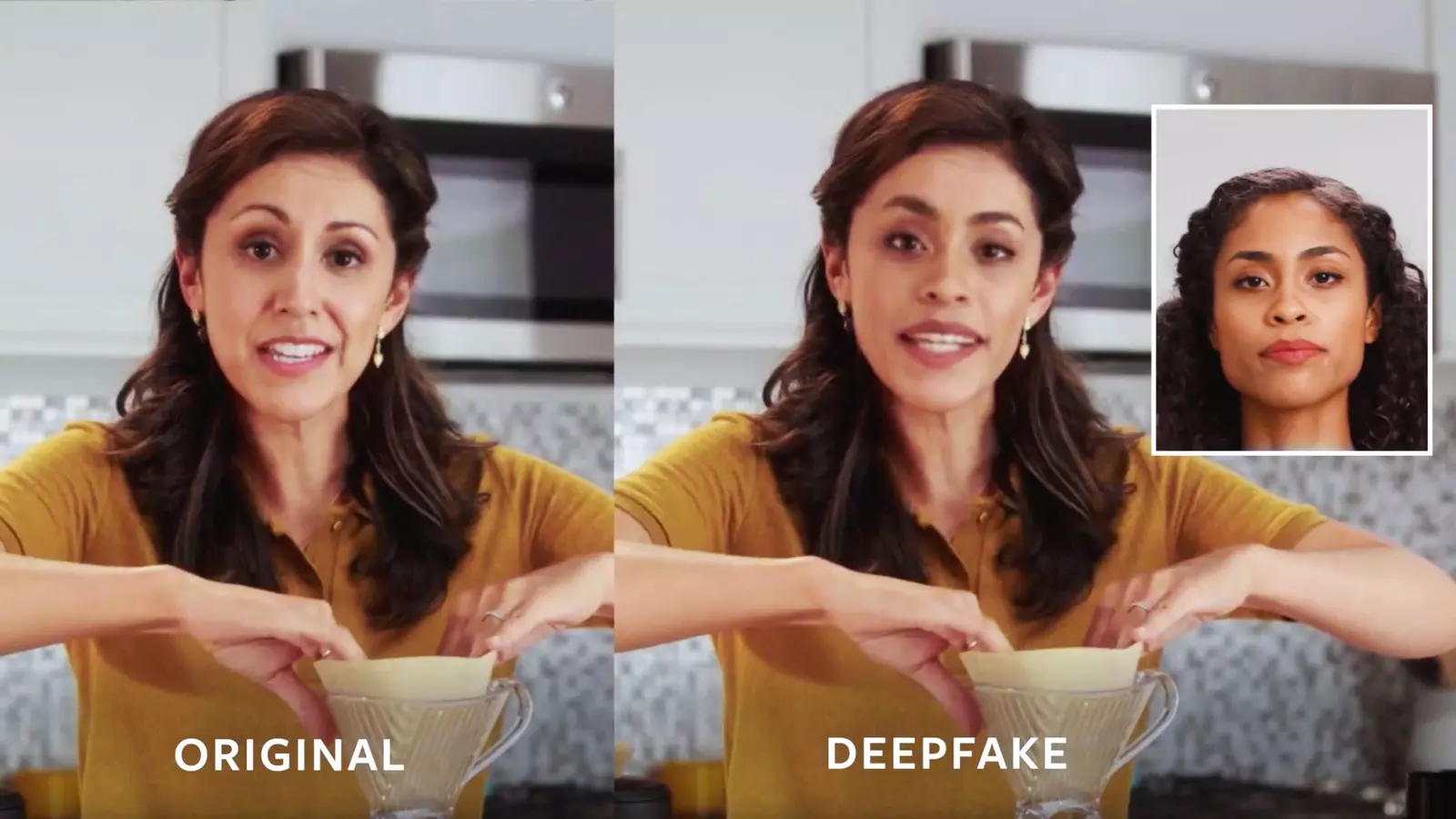Trigger Warning: Graphic mentions of murder
In Bawankhedi, a village in Hasanpur tehsil of Amroha District in western Uttar Pradesh, on April 14, 2008, Shabnam Ali held the hair of her seven family members, while Salim proceeded to murder them. All were dead. The Supreme Court upheld the death sentence awarded by the Amroha Sessions Court in 2010 to Shabnam and her lover Salim. On February 18, 2021, Shabnam’s now 12-year-old son appealed to the President of India to “forgive” her. Despite having her mercy plea rejected the first time, the same day, Shabnam moved a second mercy petition with the President as well as the Governor of Uttar Pradesh, hoping to be set free.

It has been 13 years since she, with her lover, committed the crime because her family was against her affair with Salim. Sentenced to be hanged till death in a Mathura Jail, Shabnam has been appealed for by her son, who was born in jail following which her friend took his custody as guardian. If the President considers his request, Shabnam would get a new lease of life. The President can do so under Article 72 of the Constitution of India. Article 72 of the Constitution deals with the pardoning powers of the President of India. When the President takes an action over the case of punishment or the sentence of any person convicted for an offence, it takes the form of his pardoning powers. They are of five types: Pardon, Reprieve, Remit, Respite, and Commute.
If the President considers his request, Shabnam would get a new lease of life. The President can do so under Article 72 of the Constitution of India. Article 72 of the Constitution deals with the pardoning powers of the President of India. When the President takes an action over the case of punishment or the sentence of any person convicted for an offence, it takes the form of his pardoning powers. They are of five types: Pardon, Reprieve, Remit, Respite, and Commute.
Also read: Death Penalty Debate And The Death Of Conversation On Rape Culture
The President can use any one of the pardoning powers: When he is considering a case of punishment against a person who has committed an offence against a Union Law; When he is considering a case of punishment where the latter is given by the court-martial or military court; and, when he is considering a death sentence.
Now the question arises, whether Shabnam should be pardoned or not?
In Govindasamy v President of India, Government of India, the then President of India Pratibha Patil pardoned a condemned prisoner Govindasamy. He murdered his five relatives brutally in their rest in 1984. He confronted five close executions and three mercy petitions were rejected in his 22-year-long wait for death.
In June 2010, when Dharmender Singh and Narendra Yadav of Uttar Pradesh were pardoned, the whole of the country was in anger. In 1994, they had slaughtered a family of five, including a 15-year-old girl. Narendra had tried to rape that girl a couple of days before the occurrence, failing which he conspired with Dharmender to teach the family a lesson: Three of them were killed while a 10-year-old boy was thrown alive into the fire.
The “death penalty” was a subject of extraordinary discussion in the Supreme Court which prompted a milestone in the Bachan Singh vs the State of Punjab case wherein it was concluded that capital punishment or death penalty ought to be granted only within the “rarest of rare’’ case. Given that, I would like to argue that the case of Shabnam must not be considered as the “rarest of rare” deserving of death penalty. By seeing all the above-referenced cases, this case is also fit for pardoning and one more thing, the execution will set a wrong precedent because she would be the first woman prisoner who got executed after India’s independence.
Also read: Restorative Justice, Sexual Violence & Death Penalty: In Conversation With Project 39A
There are media reports that suggest she has been working as a tailor in the jail, and the President must consider giving her a chance to start a new life with her son. If a person who threw an alive child into the fire can be pardoned, why shouldn’t be Shabnam? Once a school teacher, with a postgraduate degree in English and Geography, Shabnam has had an access to education that could secure her a good chance at a second life. On grounds of humanity, therefore, I argue that Shabnam be pardoned. All of 38 years old, Shabnam’s life can be an example of how restorative justice measures by the judiciary can ensure successful rehabilitation of ex-convicts.
If a person who threw an alive child into the fire can be pardoned, why shouldn’t be Shabnam? Once a school teacher, with a postgraduate degree in English and Geography, Shabnam has had an access to education that could secure her a good chance at a second life.
A rejection of Shabnam’s mercy plea while other convicts were acquitted and let free in the past could also be interpreted as Shabnam’s status as an anomaly: that of a female murderer among a majority of male murderers. The nationalist discourse is such that it only sees women as passive members of a community and so when a woman commits a murder, the fury she faces is multiple times than what a man might face.
The Universal Declaration of Human Rights (Universal Declaration), adopted in December 10, 1948, proclaimed that “[e]veryone has the right to life” and “[n]o one shall be subjected to torture or to cruel, inhuman or degrading treatment or punishment”, to which India is a signatory. Our Constitution is greatly influenced by the Universal Declaration of Human Rights, 1948. Part III and Part IV of the Constitution which talk about the Fundamental Rights and Directive Principles of State Policy respectively, bear a close resemblance to the Declaration. That is why, a number of fundamental rights guaranteed in Part III of the Indian Constitution are similar to the provisions of the Declaration, 1948. Invoking the Universal Declaration of Human Rights is crucial here to re-emphasise on why Shabnam deserves a second chance at life.
Devesh Kumar is pursuing LL.B at Faculty of Law, University of Delhi. He has worked on a research project on the river Yamuna. He is writing a book (novel-fiction) that is based on the story of a girl from Jammu & Kashmir. During his free time, he loves to write. He is interested in working for “Equality”. You can find Devesh on Facebook, Instagram and Twitter.
Featured image source: Zeebiz.com





755 people are hanged after independence all men.
Now 1st women is about to get hanged amd you mention here women receive more punishment smh.